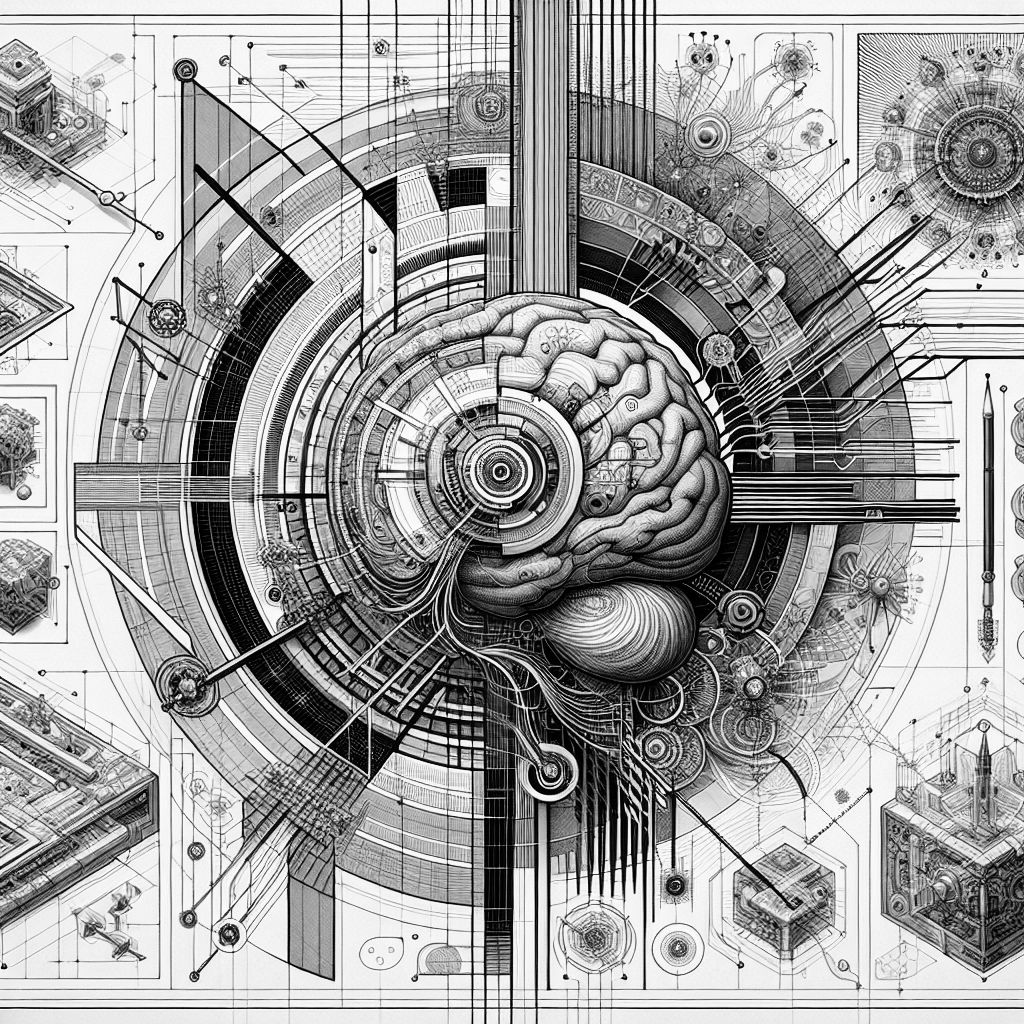LONDON (IT BOLTWISE) – A new study shows that the brain uses special regions to learn impersonal, semantic information that is different from that used for personal memories. Participants learned fictional facts about imaginary civilizations while their brain activity was measured. The results show that greater activity in certain brain regions can predict later recall of these facts.
Today’s daily deals at Amazon! ˗ˋˏ$ˎˊ˗
In a fascinating new study, researchers have found that the brain uses special regions to learn new facts about the world that are different from those used for personal memories. This discovery was made by studying the brain activity of participants as they learned fictional facts about imaginary civilizations. The results show that certain brain regions responsible for encoding semantic information about people and places show greater activity when participants later recall the facts better.
The study, conducted by Scott Fairhall and colleagues at the University of Trento, used functional magnetic resonance imaging (fMRI) to measure the brain activity of 29 volunteers. These participants learned 120 fictional facts about three imaginary civilizations based on fantasy works such as Game of Thrones. Two days later, they were tested to see which facts they remembered better. The results showed that the quality of activity in certain brain regions, such as the precuneus and the lateral anterior temporal lobe, could predict later recall of the information.
These findings are particularly interesting because they suggest that learning facts about the world is partly governed by different mechanisms than remembering personal experiences. While previous studies have shown that specific brain regions are associated with remembering personal experiences, it remains unclear which areas are responsible for learning impersonal information. This study contributes to expanding this knowledge and shows that the brain has its own neural network structure for learning facts.
The results of this research could have far-reaching implications for our understanding of learning and memory. They could also suggest new ways in which we can improve learning in educational institutions by targeting the brain regions responsible for learning facts. In addition, this research could also have applications in the development of AI systems aimed at simulating human learning and memory.
*Order an Amazon credit card with no annual fee with a credit limit of 2,000 euros! a‿z
Bestseller No. 1 ᵃ⤻ᶻ “KI Gadgets”
Bestseller No. 2 ᵃ⤻ᶻ “KI Gadgets”
Bestseller No. 3 ᵃ⤻ᶻ “KI Gadgets”
Bestseller No. 4 ᵃ⤻ᶻ “KI Gadgets”
Bestseller No. 5 ᵃ⤻ᶻ “KI Gadgets”


Please send any additions and information to the editorial team by email to de-info[at]it-boltwise.de. Since we cannot rule out AI hallucinations, which rarely occur with AI-generated news and content, we ask you to contact us via email and inform us in the event of false statements or misinformation. Please don’t forget to include the article headline in the email: “How the brain learns new facts about imaginary worlds”.
